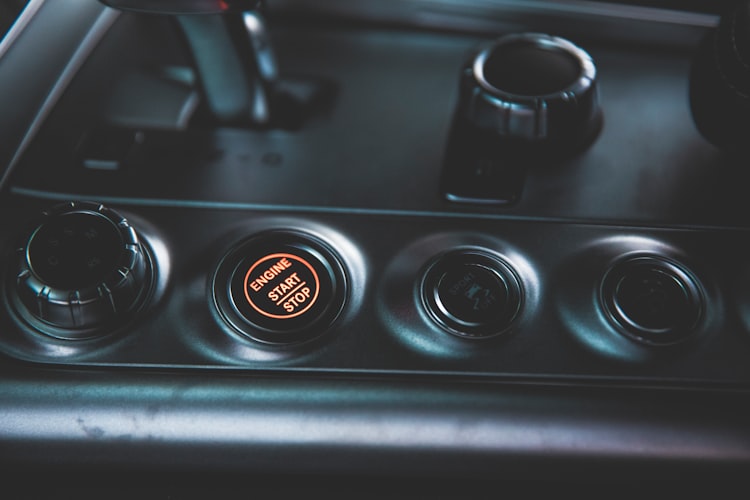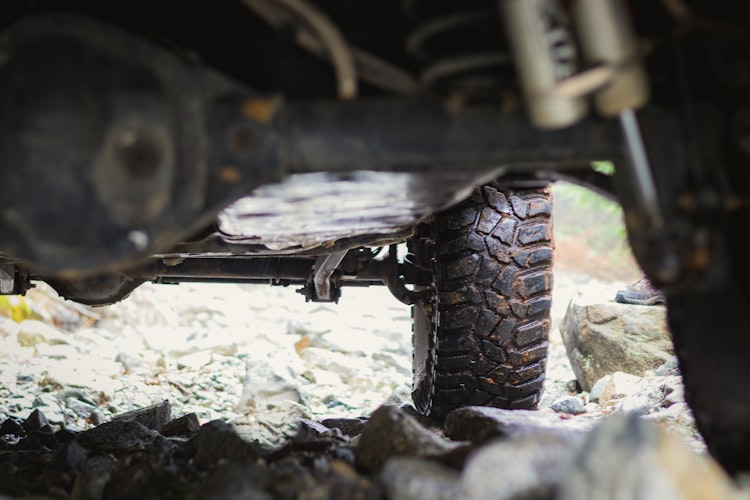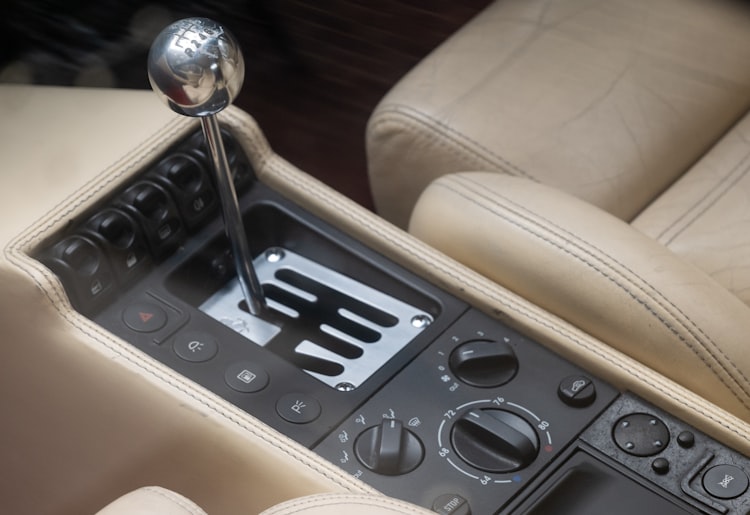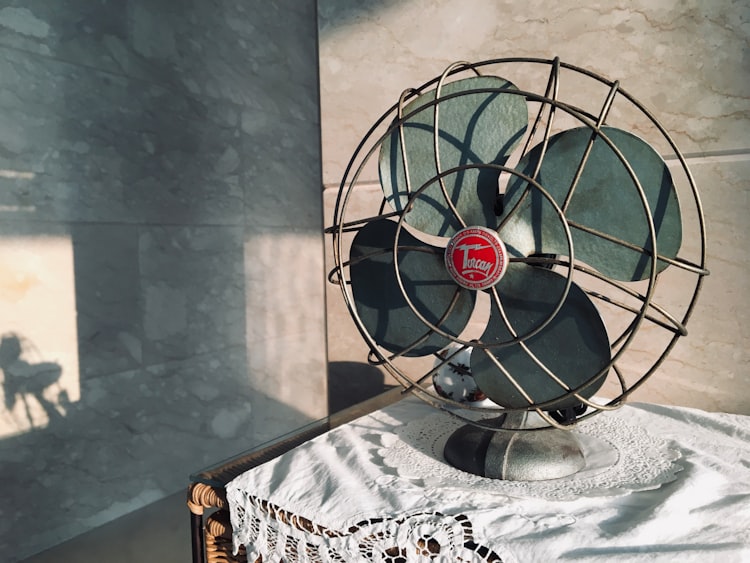Car Fundamentals: Engine
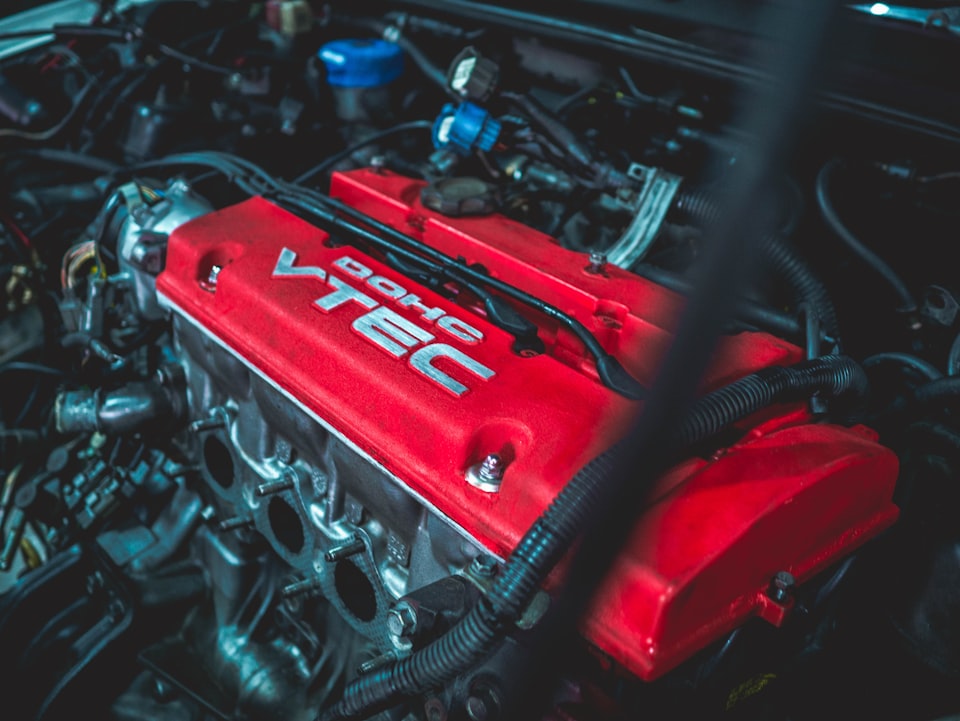
In this post, we'll dive into the world of car engines.
Our goal is to explore how car engines do their thing and provide you with a basic understanding of what each part does. So, let's head right in!
The Engine Block
The engine block serves as the fundamental component of an engine.
It's a sturdy piece made from either cast iron or aluminium that doesn't move. Inside the engine block, there are cylinders where the main magic happens (More on that later). Pistons live inside these cylinders and move up and down. Most engines have four, six, or eight cylinders.
The engine block also contains tiny passages to circulate coolant (to manage engine temperature) and engine oil (to reduce friction and wear).
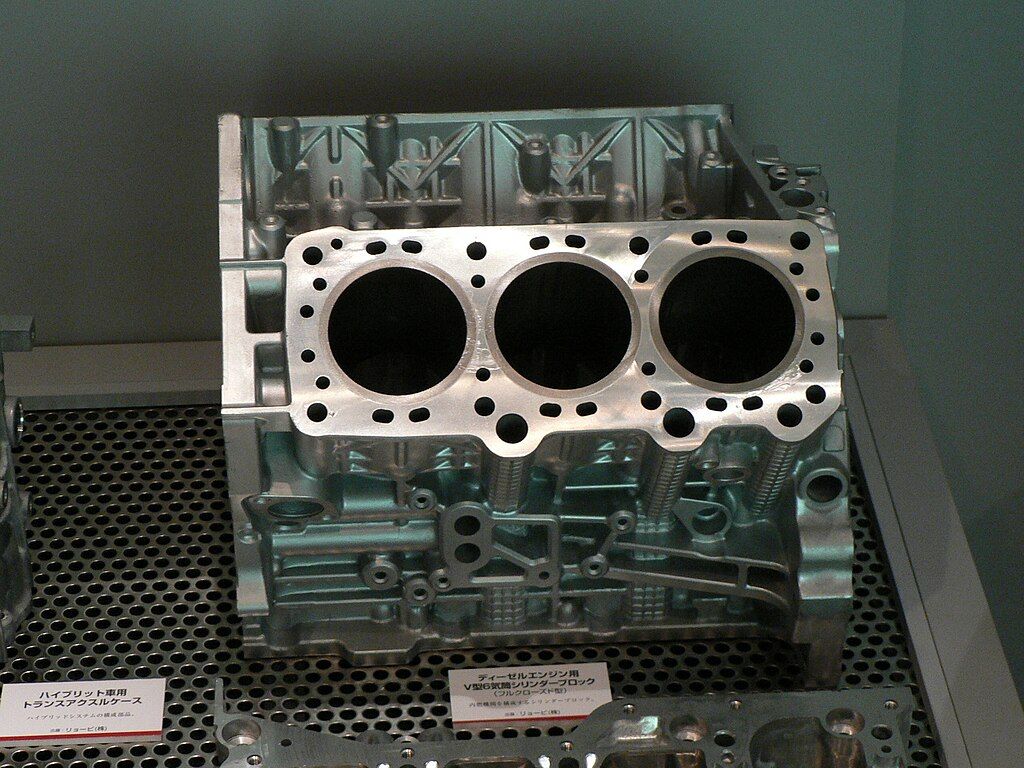
The Combustion Chamber
The magic happens inside the combustion chamber, which is like the kitchen of your engine.
Here, air and fuel mix, a spark plug ignites them, and BOOM! An explosion occurs, pushing the piston down.
This up-and-down motion of the piston is then turned into a spinning motion by the crankshaft, which makes your car move.

Pistons and Connection Rods
When fuel explodes, it pushes the piston down. The piston transfers this power and energy to the crankshaft through a connecting rod (con rod).
A piston connects to a connecting rod using a piston pin, also known as a wrist pin. To prevent the piston from going straight into the crankshaft and breaking something, the piston and crankshaft aren't aligned in the middle. This is done either by the location of the piston pin or by setting the crankshaft a bit off-centre.
The piston isn't a perfect circle – it's oval-shaped. This is because of the hole in the piston for the piston pin, which causes the piston to expand unequally. As the engine heats up, the piston expands to match the cylinder's shape.
This is one of the reasons why a car engine needs to get to the right temperature to work correctly.
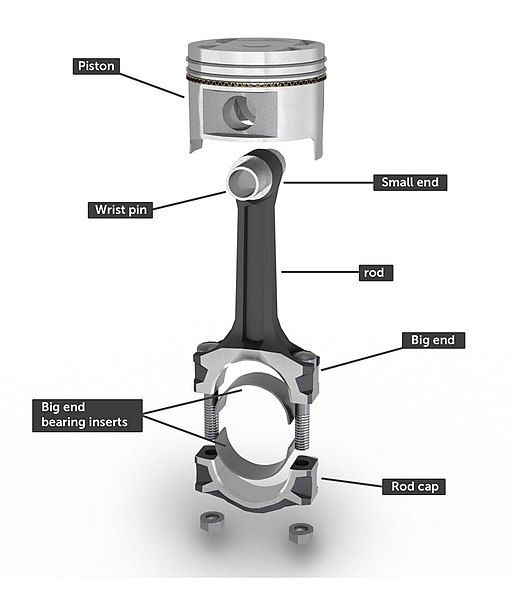
Piston Rings
Piston rings play a crucial role – they prevent things from going where they shouldn't. Each piston typically has a set of three of these rings.
The top called a compression ring, pushes against the cylinder walls to maintain pressure inside the combustion chamber. They also ensure the air/fuel mix stays inside the combustion chamber.
The bottom ring, known as the oil ring, ensures the oil stays where it should—preventing it from getting into the combustion chamber. If there's extra oil on the cylinder walls, these oil rings wipe it away and return it to the oil pan.
The middle ring frequently performs both functions.
Crankshaft and Crankcase
The crankshaft takes the piston's motion and transforms it into a spinning motion that powers your car.
It's a long, solid piece of metal with a specific shape. It has something called lobes to ensure it stays balanced and doesn't cause trouble. It extends under the engine block and connects to parts that make your car's wheels turn. It also attaches to rubber belts to power things like the alternator, power steering or the air conditioner.
The crankshaft stays in an oil pan (crankcase), which also houses the oil pump, responsible for keeping everything well-lubricated. There's also a little thing called an oil plug or oil drain bolt that screws into the bottom of the oil pan. We unscrew this bolt when it's time to change the engine oil.
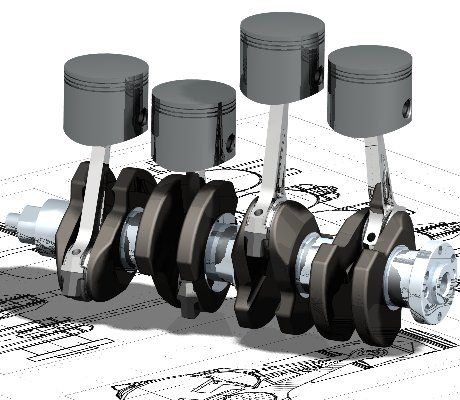
Main Bearings and Rod Bearings
Main and rod bearings are metal rings that help the crankshaft spin smoothly and prevent damage.
The bearings come in sets of two. There are usually five or more main bearing sets to keep the crankshaft in place. They are essential because the crankshaft must spin quickly and stay secure inside the engine block.
The difference between main bearings and rod bearing is their location. The main bearing holds the crankshaft to the engine block, but the rod bearing holds the connecting rods to the crankshaft.
Cylinder Head
The cylinder head, often just called a "head", sits on top of the engine block and forms the top of the combustion chamber. It's like a traffic controller for air and fuel.
The valves in the head let the mixture of air and fuel in and the burnt gases out, and the spark plug ignites the mixture. The valve assembly and valvetrain ensure everything works in harmony.
Valves
Engine valves are like doors for the combustion chamber. Each combustion chamber has at least two valves, one for letting in air and fuel (intake valve) and another for expelling burnt fuel (exhaust valve).
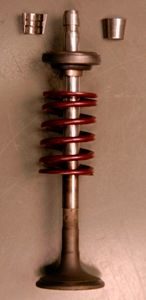
Valve Assembly
Valve assembly focuses on a single valve. It includes:
- The valve itself
- Its stem
- The head
- A spring
- A seat
Think of it as a team ensuring that one valve does its job. The stem is the part of the valve that goes into the head.
Valve guides keep them in place, and a valve seat, which is part of the head, ensures a proper seal between the valve and the head.
This keeps the valve aligned and prevents oil from leaking into the combustion chamber. It also prevents gases from leaking into the head from the combustion chamber.
Valvetrain
The valvetrain, on the other hand, manages all the valves in the engine. This team includes:
- The camshaft
- Cam lobes
- Rocker's arms
- Pushrods
- Valve springs
- And, of course, the valves themselves
They work together seamlessly to make sure all valves open and close at the right time, like a perfectly synchronized dance.
Camshaft
Think of the camshaft as the engine's conductor. It controls when valves open and close.
Here's how it works: As the camshaft rotates, it has these special egg-shaped lumps that push down on the engine's valve lifters or pushrods, which then push on the valves. This action opens and closes the valves at the right time.

You can usually see three configurations of the camshaft and valves in cars:
- Overhead Valve (OHV):
The camshaft is in the engine block, and the valves are in the cylinder head. The camshaft operated the valves through pushrods and rocker arms.
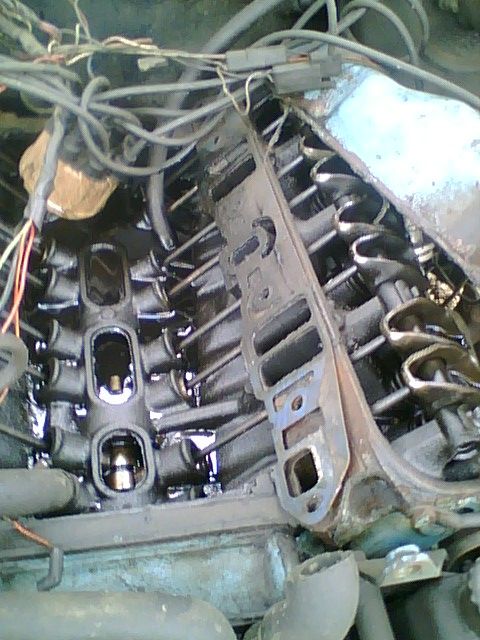
- Single Overhead Camshaft (SOHC)
Here, the camshaft and valves are both in the cylinder head. A single camshaft and rocker arm operates the intake and exhaust valves. In a "V" shaped engine, it has a total of two camshafts.
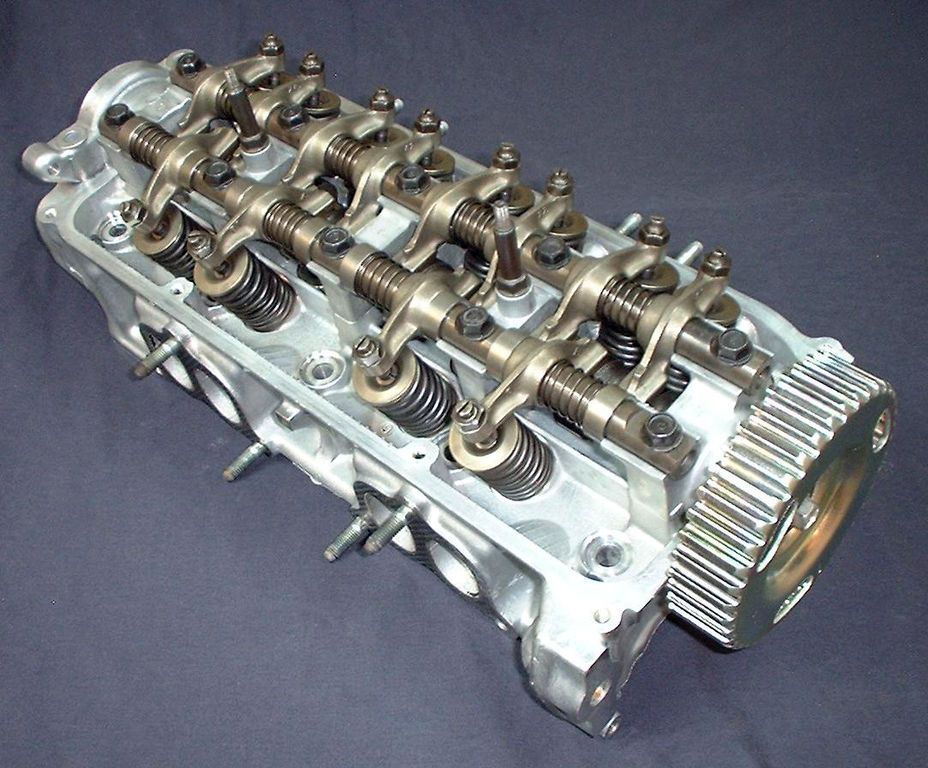
3. Double Overhead Camshaft (DOHC)
Yes, you guessed it, it has two camshafts in the cylinder head—one for the intake valves and another for the exhaust valves. A "V" shaped engine has a total of four camshafts.
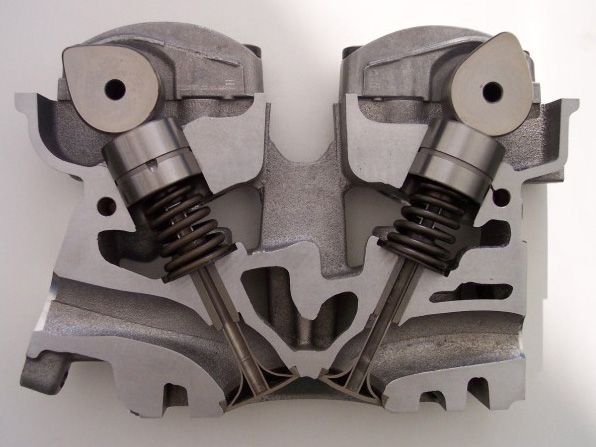
Timing Systems
A timing chain or belt links the camshaft and crankshaft, ensuring everything stays in sync. The camshaft typically spins at half the speed of the crankshaft.
There are timing marks on the gears on the shafts that are used to align them properly. If the chain or belt slips even one little notch, it can lead to poor performance or engine damage.
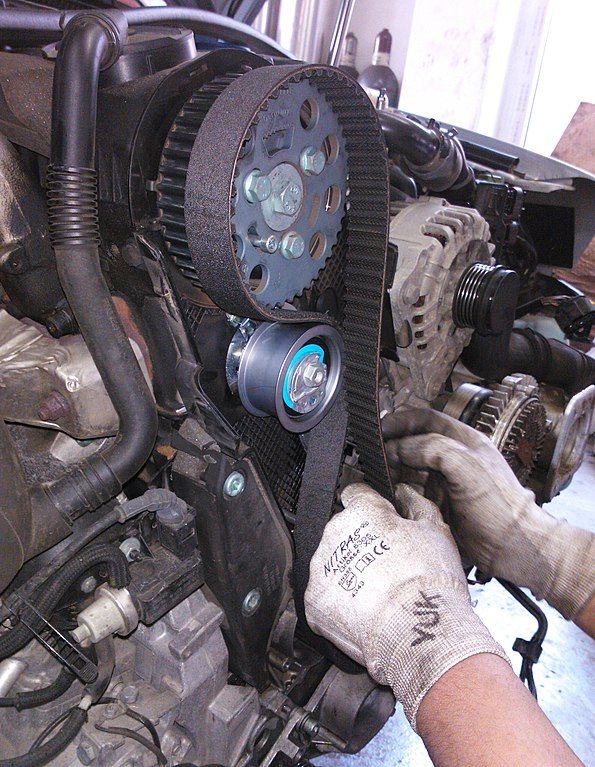
Gaskets
Gaskets are like the engine's seals, preventing leaks between parts.
They are typically made of sturdy, heat-resistant materials like metal or rubber. Still, they can also be made of cork, copper, thick paper, or even a mix of these.
You need to be careful when putting one in place because if you bolt it down too tight, it can get squished and move out of place, causing leaks.
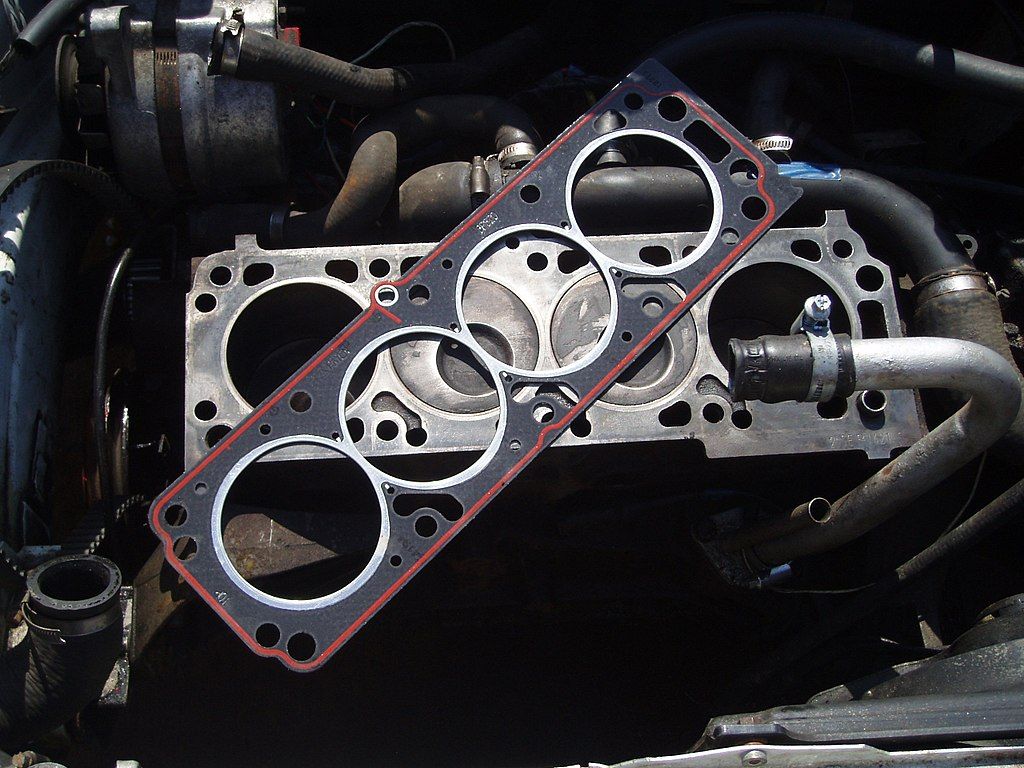
Lubrication
The engine's lubrication system ensures all parts move smoothly and without damage. Engine oil is pumped around the engine to minimize friction and remove dirt.
Welcome to the club!
So, there you have it, the simple breakdown of how a car engine works and what each part does.
Whether you're a newbie or an auto pro, you're now part of the club that truly comprehends the magic that powers our cars.
